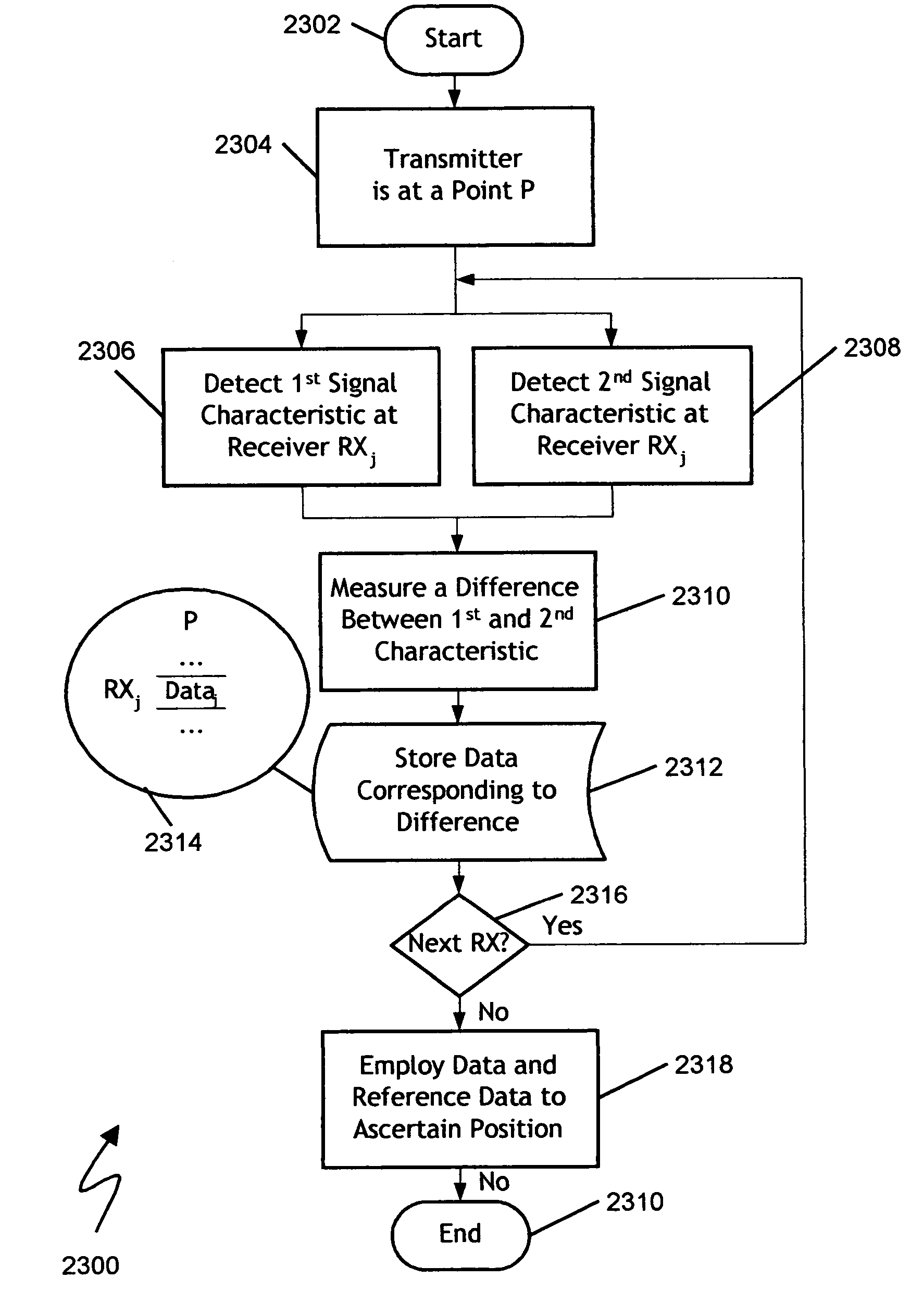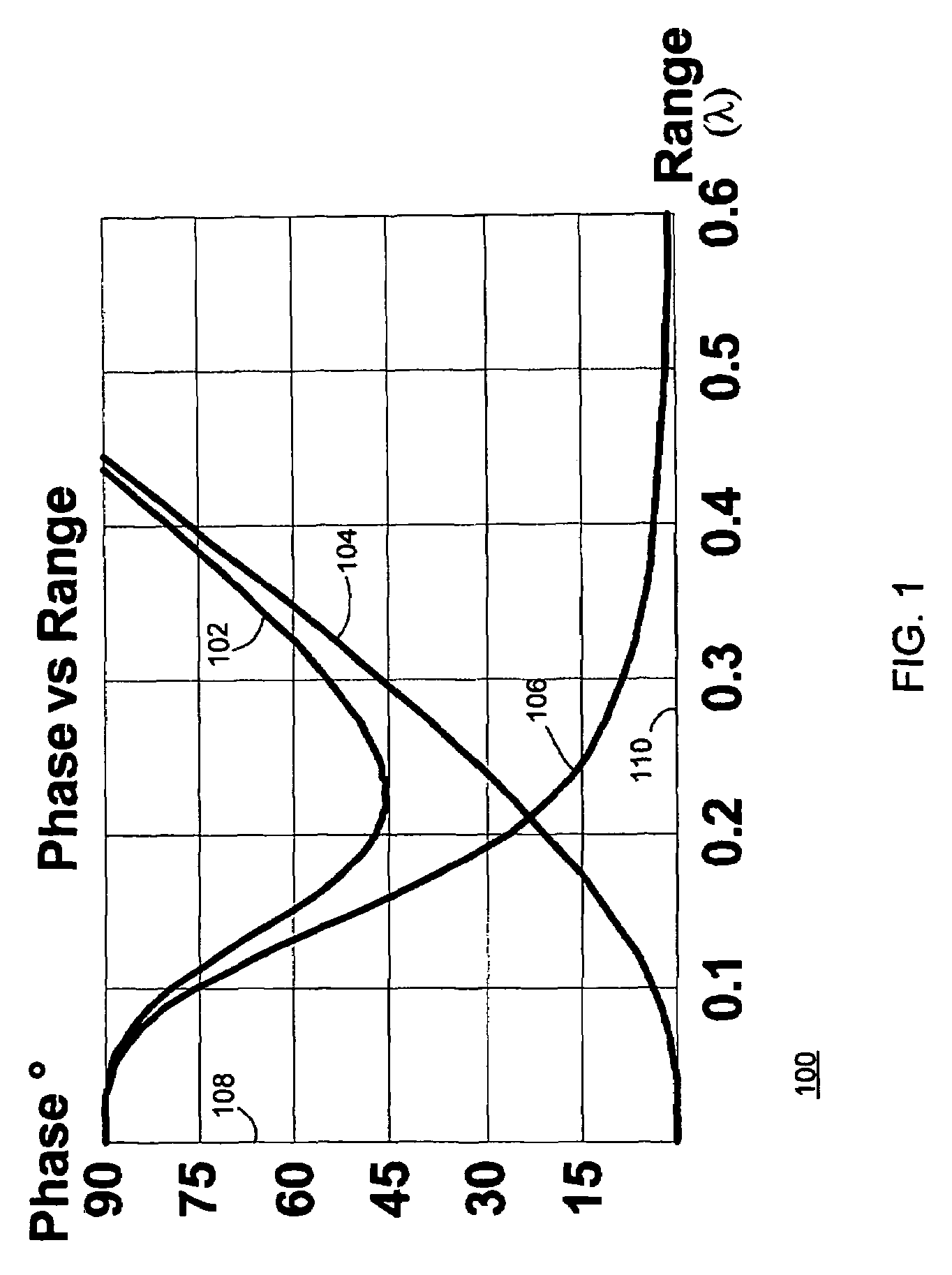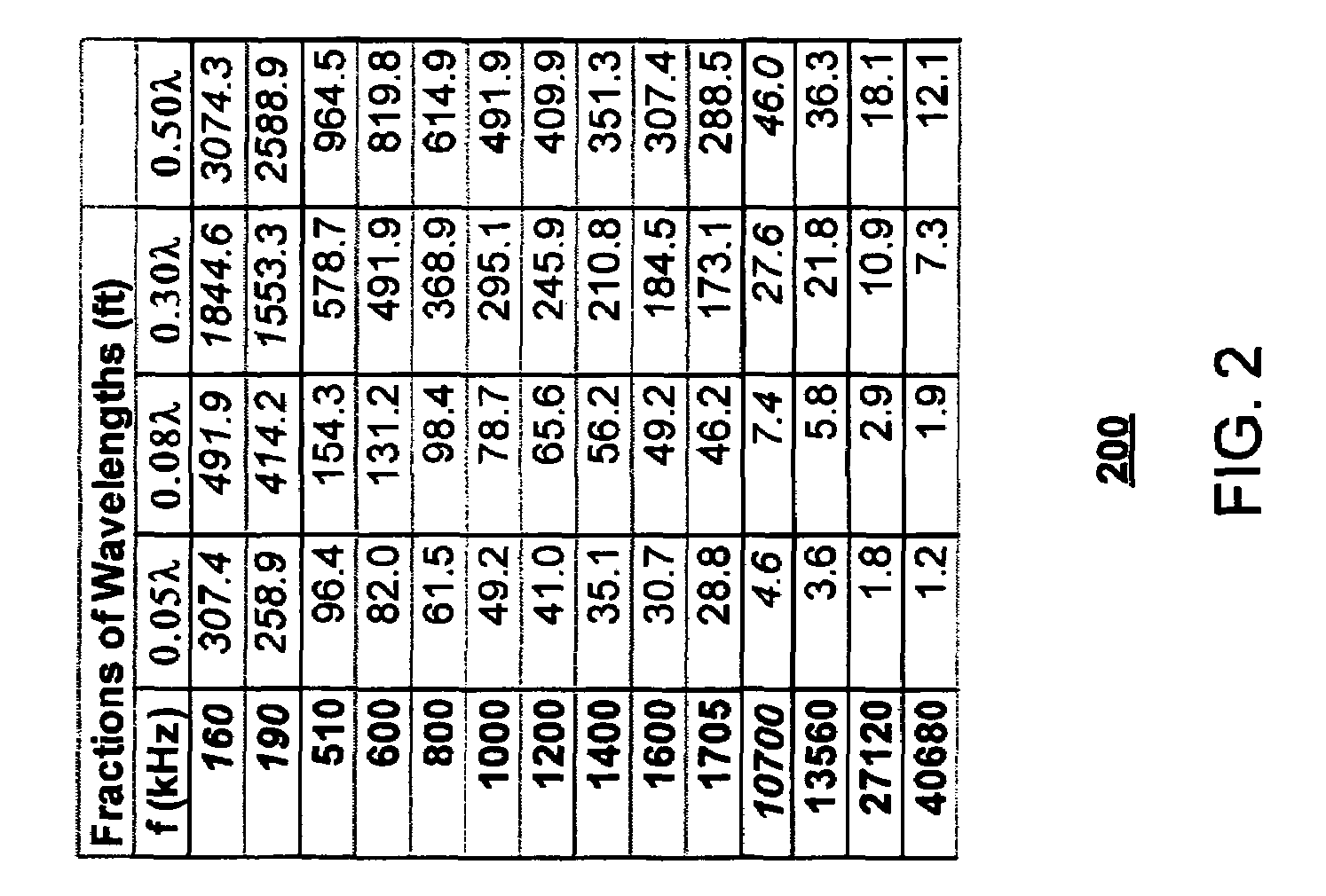Near field electromagnetic positioning system and method
a positioning system and electromagnetic technology, applied in the direction of instruments, transmission, reradiation, etc., can solve the problems of affecting the ideal planar uniform behavior, affecting the accuracy of position information, and elusive affordable position information,
- Summary
- Abstract
- Description
- Claims
- Application Information
AI Technical Summary
Benefits of technology
Problems solved by technology
Method used
Image
Examples
Embodiment Construction
[0051]The present invention will now be described more fully in detail with reference to the accompanying drawings, in which the preferred embodiments of the invention are shown. This invention should not, however, be construed as limited to the embodiments set forth herein; rather, they are provided so that this disclosure will be thorough and complete and will fully convey the scope of the invention to those skilled in art.
Overview of the Invention
[0052]The present invention is directed to a system and method for determining position using a near field electromagnetic ranging system. The system and method may include the use of calibration information provided by field measurements. Near field electromagnetic ranging was first fully described in applicant's co-pending “System and Method for Near Field Electromagnetic Ranging,” Filed Jan. 31, 2003, Ser. No. 10 / 355,612, published as Pub. No. US 2004 / 0032363 A1, to Schantz et al, This document has been incorporated herein by referenc...
PUM
 Login to View More
Login to View More Abstract
Description
Claims
Application Information
 Login to View More
Login to View More - R&D
- Intellectual Property
- Life Sciences
- Materials
- Tech Scout
- Unparalleled Data Quality
- Higher Quality Content
- 60% Fewer Hallucinations
Browse by: Latest US Patents, China's latest patents, Technical Efficacy Thesaurus, Application Domain, Technology Topic, Popular Technical Reports.
© 2025 PatSnap. All rights reserved.Legal|Privacy policy|Modern Slavery Act Transparency Statement|Sitemap|About US| Contact US: help@patsnap.com



